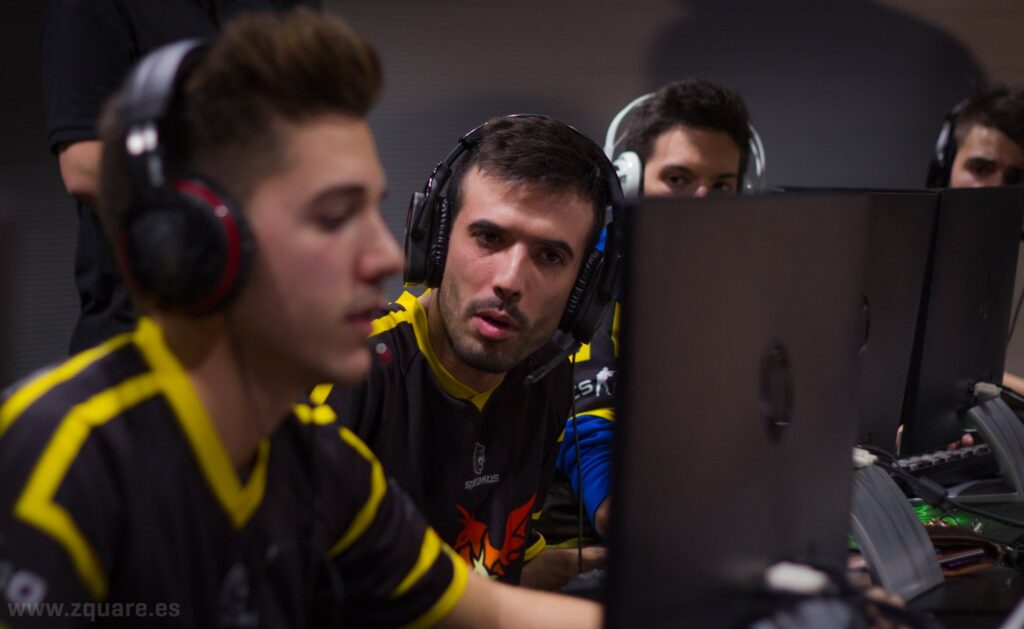Every sport evolves. It’s a natural part of a game’s popularity. As the months and years pass, players grow more comfortable, strategies develop, and the meta exists in some state of flux. While this also proves true for eSports titles, there are aspects of eSports that make them unique. eSports are special, and the implications of their components raise interesting questions about how eSports could exist over the long term.
A Constant State of Practice
When looking at a physical sport like soccer, some limitations can’t be overcome. The most important of these limitations are exhaustion and environment. A player can’t practice soccer all day because their body will tire and then become damaged. They also need to take into consideration problems of weather and the hours that training facilities are open.
The digital space vastly mitigates these issues. These advantages of eSports tie into the convenience of the online world, so well demonstrated in areas of interactive entertainment like Slingo online casino games. Unlike what would be the case in a physical casino, players of Slingo titles like Rainbow Riches or DaVinci Diamonds can start from anywhere with an internet connection and a simple device. Weather doesn’t matter, time doesn’t matter, and dress code doesn’t matter. It’s all open to the player.
This is exactly the case in eSports titles, where participants can put in as much practice as they want over a long period. While there are still some limitations in eSports due to exhaustion and injury, as explored at Esportshealthcare, the less physical aspect of the games makes these issues significantly less pronounced.

Combined, this has the effect of developing eSports games much faster than traditional sports would. So many people practice so much every day that elements are tested, accepted, or discarded rapidly, helping games achieve in months what could take years in a physical game.
A Game That Never Stops
Playing another major part of how eSports develop are updates and content patches. This is when the game introduces new elements or changes existing ones. Either to expand the game or readjust elements that might be considered too strong or weak. This kind of behavior is rare in physical sports, somewhat analogous to adding a new piece to chess or changing the design of a soccer ball to a concrete-based solution. Sometimes the idea can be fun. Other times it can be devastating.

Success or failure depends on how the players adapt and the role the new systems gel with what made the original game popular. Practically every change will come with backlash, so it can be difficult to separate real criticism from those who, for example, simply don’t think it’s fair they can’t play soccer while wearing reinforced steel boots.
A Place of Rest
While some video games have lasted longer than others, none remain in the spotlight forever. Eventually, new titles will capture imaginations, and communities will decline to just a few stalwart defenders. At this point, it’s difficult to tell what a game’s legacy might be. Some, like Smash Bro’s Melee, continue to inspire, while others, like Quake 3, are far from the force they once were.
Over the long term, it’s difficult to predict the final resting place in a type of entertainment so comparatively young. Remakes and remasters mean older titles inevitably see resurgences, but whether these can keep up with the ‘new hotness’ is another question entirely. The resting place of many titles might only be answered 50 years from now. And we only hope arthritis medication keeps up.
Come check out Belly Up Sports on Twitter for more sports and entertainment news and content.






